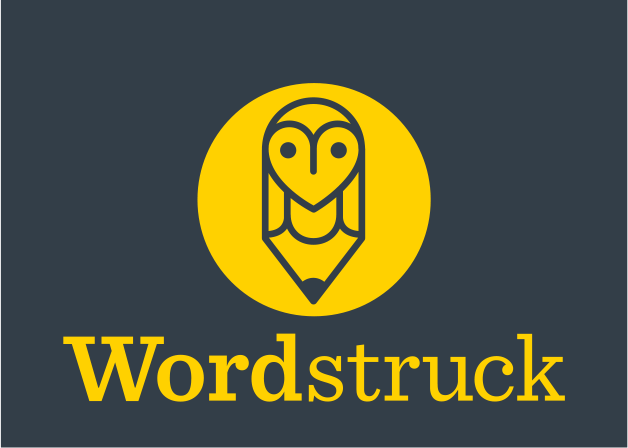Effective leaders know the importance of a strong and cohesive team. There’s no one-size-fits-all for leaders but a good starting place is to know yourself first – what excites and what motivates you. Reflection helps here. Colleagues you can trust. A good mentor. The ability to stand back and have work-life balance. From there you can build up your own approach – both in leadership and in how you and connect with your team.
The tried-and-trusted way to deepen your connection to your team is through regular group meetings and one-to-one catch ups. More and more leaders are having an ‘open door policy’ to show they’re accessible. Or, an ‘ask-anything-you-want’ lunch once a month.
But whether you do these in person or remotely via web conferencing there’s an all-too-common scenario that plays out.
Before a meeting starts, there’s ease among the group. The atmosphere is relaxed. Everyone is chatting and shooting the breeze. But, when the leader takes centre stage, the natural flow is interrupted. People become stiff or silent. The ‘feedback loop’ between the leader and the group can stop.
How to shift this? Start each meeting with a story.
Not long. Ideally you want the point of your story to reinforce the point of the meeting – or at least be linked.
Stories place everyone in the room. They move minds. They express emotions. They motivate. They inspire.
5 ways to use a story to kick-start a meeting
- Ensure your story makes a point about the broader business topic.A relevance statement is a great place to start. You can then expand to show exactly what you mean. In stories, chronology helps locate people. Use words like ‘before we were doing this’… ‘or then something happens’.
- The devil’s in the details, so be specific.Use data points to back-up your story.
- Be concise.Remember that your story is just an introduction to a discussion, so max 3 minutes.
- Use a personal story – where appropriate.People tend to relate to a story that has a human touch. However, keep it professional and within the context of your workplace.
- Help people visualise your narrative with ‘word-pictures’. The human mind naturally creates images when visual details are presented. This improves comprehension.
By sharing a story at the start of a meeting you can change the course of the discussion that follows. Thoughts?





